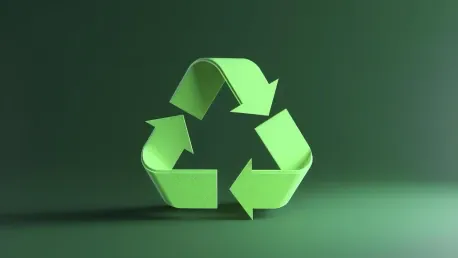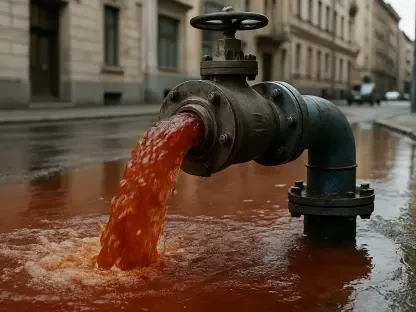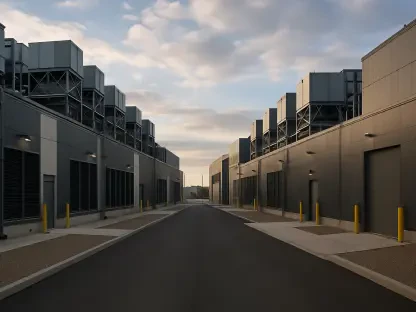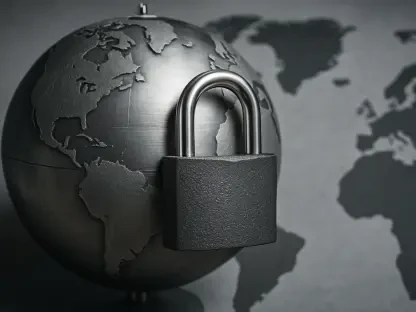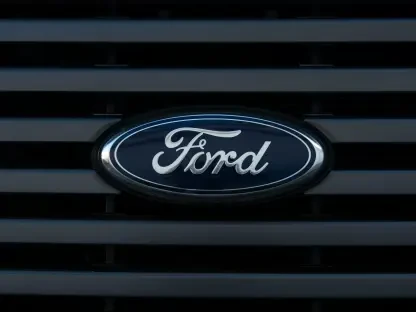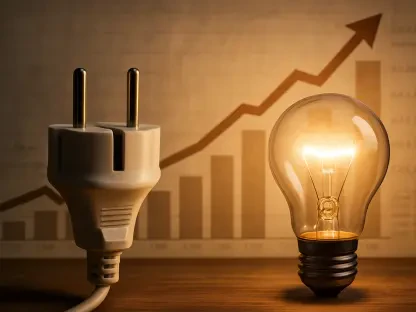Polyethylene terephthalate (PET) thermoform recycling has seen remarkable growth, creating new opportunities and complexities within the recycling industry. From 2011 to the present day, the recycling rate of PET thermoforms, which includes widely-utilized materials like clamshells, has tripled, amounting to an impressive 130 million pounds of recycled material. This noteworthy increase is largely attributed to technological advancements and innovations in recycling processes, enhancing both the efficiency and accuracy of sorting these materials.
Technological Innovations and Their Impact
The growth in PET thermoform recycling can be primarily credited to the use of cutting-edge technologies, particularly optical sorters and artificial intelligence (AI) systems at Material Recovery Facilities (MRFs). These advanced systems have dramatically improved the recognition and precise sorting of PET thermoforms, which is essential for successful recycling processes. Unlike earlier methods, these technologies are capable of differentiating PET thermoforms from other polymers such as polystyrene and polyvinyl chloride, significantly reducing contamination risks.
However, these advancements are not without their challenges. Thermoforms come in diverse sizes and shapes, complicating their sorting process even at the most advanced MRFs. Additionally, labels, inks, and adhesives that remain on the packaging have historically posed difficulties in the recycling process. While improvements are underway, the complete removal of these contaminants still presents a notable hurdle. Nevertheless, the industry continues to innovate, developing more robust methods to handle these persistent issues.
Access and Collection Disparities
Despite remarkable growth in PET thermoform recycling, access remains uneven across different regions. Currently, approximately 54% of U.S. residents have access to thermoform recycling programs. However, this figure varies widely, with access rates as high as 88% in California and 0% in Oregon. This significant disparity highlights the critical need for more consistent recycling programs across the country, ensuring that PET thermoform recycling becomes universally accessible.
To address these disparities, collaboration across the entire value chain is vital. Enhanced cooperation among local governments, recycling facilities, and producers is necessary to develop a standardized approach to PET thermoform recycling. Additionally, consumer education and transparency are crucial elements in building trust and participation within these programs. As more communities adopt extended producer responsibility programs, it is anticipated that thermoform recycling access will improve, providing the foundation for more sustainable recycling practices.
Sustainable Practices and Market Demand
A notable shift towards sustainability is evident in the reduced use of virgin PET in thermoform production. From the previous few years to the present, the production reliance on virgin PET has consistently decreased, with an increasing amount of post-consumer recycled (PCR) content being utilized in new products, such as PET bottles. This evolution not only illustrates an industry-wide commitment to sustainability but also underscores the growing demand for recycled PET (PET PCR).
However, the market demand for PET PCR has yet to be fully met, revealing untapped potential within the recycling process. The establishment of robust end markets for recycled PET is crucial to ensuring that the material is consistently collected and effectively utilized. Strong market demand provides an essential incentive for recycling facilities to invest further in advanced sorting and processing technologies, promoting continued growth within the industry.
Future Considerations
The recycling of polyethylene terephthalate (PET) thermoform materials has experienced significant growth over the years, presenting both opportunities and challenges for the recycling industry. Since 2011, the rate of recycling for PET thermoforms, such as clamshell containers, has dramatically increased. It has tripled, resulting in approximately 130 million pounds of recycled material. This remarkable progress is largely due to advances in technology and innovative recycling processes that have improved the efficiency and precision of sorting these materials. Technological improvements have played a crucial role in enhancing how PET thermoforms are collected, sorted, and recycled, making the process more streamlined and effective. Moreover, this increase in recycling signifies a positive trend toward more sustainable practices within the industry. With continued innovation and investment in recycling technology, the industry is poised to further improve PET thermoform recycling rates, contributing to environmental sustainability and reducing waste.
